BETSY ROSS AND THE MAKING OF AMERICA
________________
BETSY ROSS
and the
MAKING of AMERICA
________________
MARLA R. MILLER
HENRY HOLT AND COMPANY NEW YORK

Henry Holt and Company, LLC
Publishers since 1866
175 Fifth Avenue
New York, New York 10010
www.henryholt.com
Henry Holt and  are registered trademarks of
are registered trademarks of
Henry Holt and Company, LLC.
Copyright 2010 by Marla R. Miller
All rights reserved.
Distributed in Canada by H. B. Fenn and Company Ltd.
Library of Congress Cataloging-in-Publication Data
Miller, Marla R.
Betsy Ross and the making of America / Marla R.
Miller.1st ed.
p. cm.
Includes bibliographical references.
ISBN 978-0-8050-8297-5
1. Ross, Betsy, 17521836. 2. RevolutionariesUnited StatesBiography. 3. FlagsUnited StatesHistory. 4. Philadelphia (Pa.)HistoryRevolution, 17751783. I. Title.
E302.6.R77M54 2010
973.3092dc22
[B]
2009035385
Henry Holt books are available for special promotions and
premiums. For details contact: Director, Special Markets.
First Edition 2010
Designed by Kelly S. Too
Printed in the United States of America
1 3 5 7 9 10 8 6 4 2
To my parents
and my husband,
with love and gratitude
CONTENTS
BETSY ROSS AND THE MAKING OF AMERICA
Prologue
T he number of bidders responding to the auctioneers call collapsed to a handful within moments, the audience watching closely the expressionless faces of men and women whispering into their phones, waiting to see who would act next. Like spectators at a tennis match, the 150 heads gathered in Sothebys fifth-floor gallery looked to the left, to the right and back again. Biddingtracked on huge screens at the front of the room in dollars, euros and yenquickly reached the presale estimate, and moments later hit twice that figure. When the gavel fell, the first lotthe red-and-white-striped battle standard of the Second Connecticut Continental Light Dragoonshad sold for a staggering $11 million ($12.36 million if you include the fee the auction house takes for making the sale). When the second lot came upthree battle flags of the American Revolution comprising the so-called Waxhaws colorsthe same thing happened. Sold! To the same buyer, this time for $4.5 million. The audience paused to catch a breath. In just fourteen heart-stopping minutesless time than it took me to park my carthe assembled collectors, historians and curiosity seekers watched as a single unseen buyer spent $17.4 million (far and away more than the auction house had predicted) to acquire four surviving flags from the Revolutionary War.
Seized by the noxious British cavalry officer Banastre (pronounced benaz-ter, not banister, like the railing along the stairs) Tarleton in the throes of the Revolutionary struggle, the four flags spent the intervening centuries hanging in the Tarleton estate in the south of England, trophies of victories long The Connecticut standard was captured in summer 1779, when the twenty-four-year-old Tarleton led his Green Dragoons in a surprise attack on a Continental regiment stationed at Pound Ridge, New York. Nine months later, in May 1780, Tarleton claimed the Waxhaws colors in a clash with the Virginia regiment of Lieutenant Colonel Abraham Buford in the Wax-haws, a region of the Piedmont Carolinas named after the local native community. For the next 225 years, they remained spoils of war. By the turn of the twenty-first century, they were rare and valuable totems of our nations origins.
The colors are stunning for their beauty and craftsmanship. The flag carried at Pound Ridge is a spectacular silk standard of thirteen red and white stripes (which makes it perhaps the earliest extant American flag to employ the field of thirteen red and white stripes so familiar to us today). At the center, a painted panel shows a winged thundercloud, ten golden thunderbolts shooting in every direction, over a banner that reads PAT:A CONCITA FULM:NT NATI , or When their Country calls, her sons answer in tones of thunder. Thirty inches at the hoist and thirty-six inches on the fly, the whole is bordered with silver fringe. On the field of battle, it must have made a dazzling display.
The regimental colors of the Virginia detachmentthe only intact set, or stand, of Revolutionary colors known to have survivedare just as impressive. A scrolling banner carries the motto PERSEVERANDO , while the battle flags field of gold silk is ornamented on both sides with the painting of a broad-tailed beaver felling a palmetto (a symbol of perseverance since at least 1597, when Joachim Camerarius included the image in his dictionary Symbolorum ac Emblematum Ethico-Politicorum; Benjamin Franklin consulted his edition of Camerarius when he designed currency for Pennsylvania and the United States, and he too favored the noble beaver). Two secondary colors (called ground colors, they helped direct troop action) accompany the flag, one of gold silk, the other sky-blue. A ribbon bearing the word Regiment occupies the center of each. Both are self-fringed at the fly end; that is, the maker, after assembling the panels of fabric, frayed the edge for added effect as the standard flew in the Carolina breeze.
Sothebys scheduled the auction for June 14, 2006Flag Daya date chosen to reference another moment in United States history. Flag Day (first proclaimed by Woodrow Wilson in 1916 and established by Congress in 1949) honors an act undertaken by the Continental Congress on that date in 1777, when the assembled delegates from the thirteen British colonies that had joined in rebellion resolved that the flag of the United States be thirteen stripes, alternating red and white, that the Union be thirteen white stars in a blue field representing a new constellation. For generations, that flag has been associated, at least in popular historical imagination, with Betsy Ross, a Philadelphia upholsterer whose family claimed her to be the maker of the very flag endorsed by Congress on that June day. In May 2006, as Sothebys prepared for this landmark sale, the auction house contacted the museum on Philadelphias Arch Street now dedicated to telling Rosss story to see whether there was any chance that Ross might have had a hand in any of these four flags as well.
The case was certainly plausible. Theres no doubt that Ross was working as a Philadelphia flag maker by 1777, and over her sixty-year career she made hundreds of flagsarchival references can be found for dozens she fabricated for state and federal forces. But it is impossible to know today who the makers of almost any battle standards were, in part because such artifacts are unsigned, and also because records documenting flag construction are so rare. Unbeknownst to Sothebys, however, New York auction houses had handled objects associated with Ross before, several times, and these, too, were record-setting sales. In 1999, a carved mahogany side chairits trademark paw-feet so hairy you can feel their scratchmade in Philadelphia around 1769 for the wealthy merchant John Cadwalader went to auction at Sothebys competitor, Christies. One of only seven known to have survived from a set that initially numbered at least twelve (and possibly as many as twenty), this chair was expected to bring $1 million at auction.
Indeed, it was the confirmed association, through extant bills and receipts, with well-known and now-celebrated craftsmen that in part accounts for these tremendous values (or at least the high prices). The side chair auctioned The winged armchair (or easy chair) came from Thomas Affleck, a Quaker furniture maker whose shop stood not far from the Cadwalader mansion. The ornate carving on the chairs frame has been attributed to James Reynolds, Nicholas Bernard and Martin Jugiez, all Philadelphia carvers whom Affleck regularly employed to embellish his work. Once the chairs frame was completed, a London and Philadelphia upholsterer with the memorable name Plunket Fleeson applied foundation upholsteries and stuffing and covered the whole with a sturdy plain canvas.


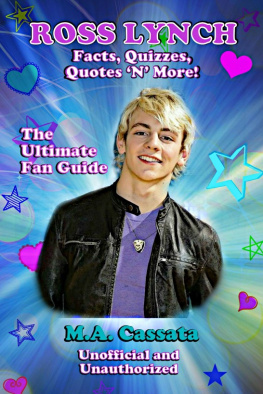
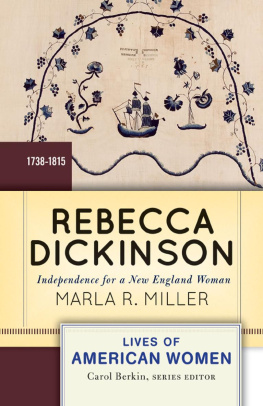

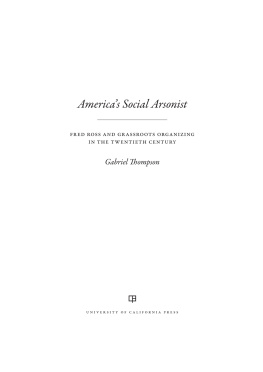
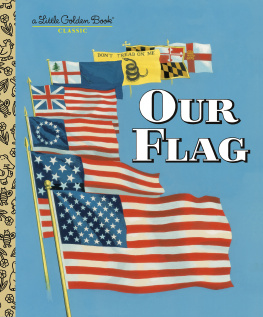

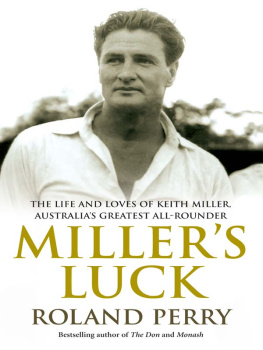
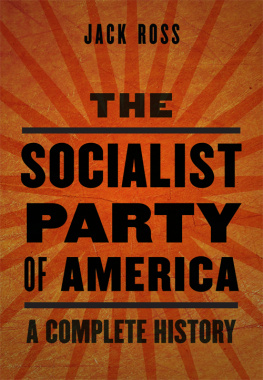
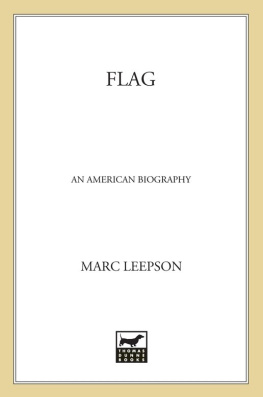
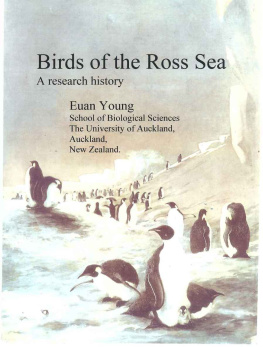
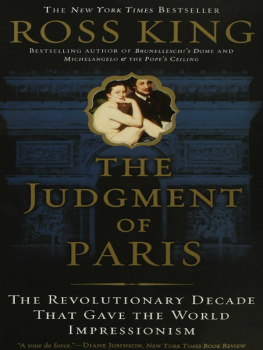
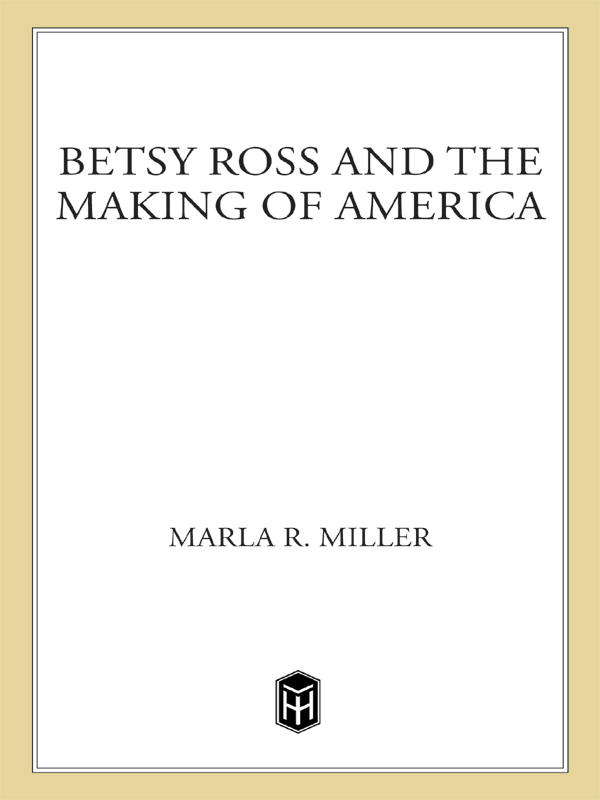

 are registered trademarks of
are registered trademarks of